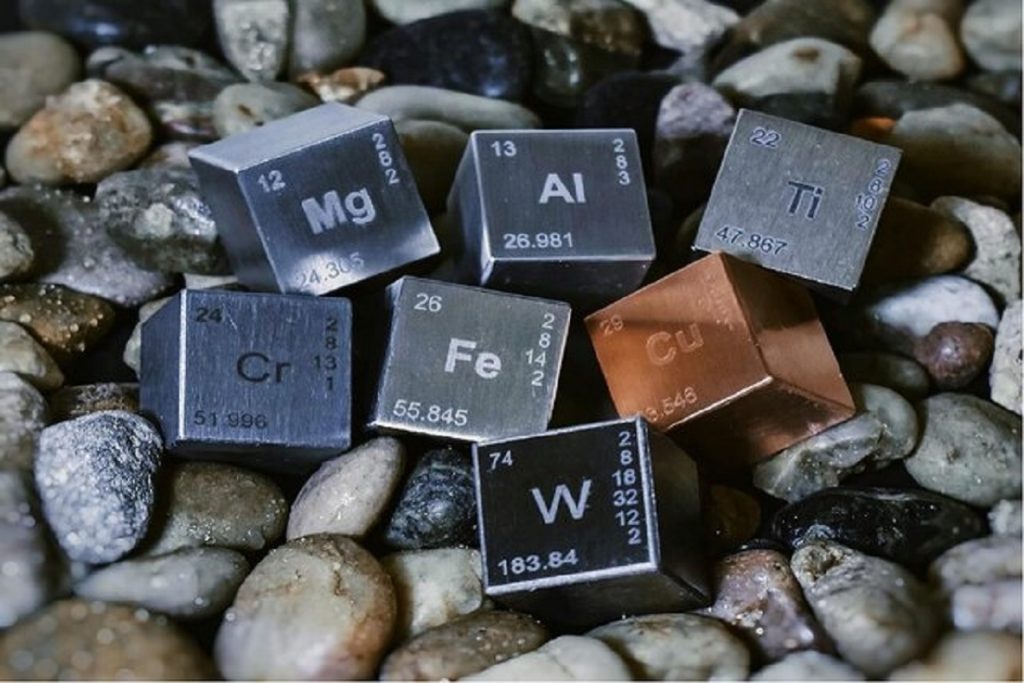
Analysis of the market for mineral metals and their derivatives
The analysis of the market for mineral metals and their derivatives shows that these metals and their derivatives are among the most important raw materials in various industries. Products such as copper profiles, aluminum profiles, aluminum ingots, copper ingots, copper cathodes, copper wire, and other metallic derivatives are widely used in construction, automotive manufacturing, electrical equipment production, and many other industries. Due to their unique properties, these materials play a key role in the economic development of countries. This article will examine the status of the market for these metals, pricing trends, challenges, and opportunities in this field.
The status of the market for mineral metals and their derivatives
The market for mineral metals is influenced by various factors, including supply and demand, economic policies, global raw material prices, exchange rates, and trade tariffs. In recent years, fluctuations in global metal prices, particularly copper and aluminum, have had a significant impact on the domestic market. Due to the increase in infrastructure projects worldwide, the consumption of base metals, especially copper and aluminum, has risen. Additionally, the development of industries related to renewable energy, electric vehicles, and communication technologies has greatly affected the demand for these metals.
Copper profiles and their applications
Copper profiles are one of the most widely used copper products, valued for their unique properties such as high electrical and thermal conductivity. They are used in electronic industries, cable manufacturing, and the automotive industry. The production of copper profiles requires advanced technology, and their price is highly dependent on the global copper rate and production costs. Additionally, countries that are copper producers play a significant role in determining the price of this product. Importing copper profiles is also one of the ways to stabilize its price, though customs barriers and import tariffs impact this. Copper profiles are also used in various sectors, such as the medical industry, HVAC systems, and water and gas pipeline systems.
Aluminum profiles and their applications
Aluminum profiles, due to their light weight, high strength, and resistance to corrosion, are used in the construction of doors and windows, building facades, the automotive industry, and the production of industrial equipment. With the increase in construction and infrastructure projects, the demand for aluminum profiles has risen, and consequently, the price of this product is influenced by supply and demand. Domestic manufacturers are working to optimize production processes, reduce production costs, and decrease dependence on the import of raw materials. Additionally, aluminum is increasingly being used in the aerospace industry and the production of electric vehicle components, which has a significant impact on increasing its demand.

Aluminum ingots and copper ingots
Metal ingots are the base materials for the production of many industrial products. Aluminum ingots are used as raw materials in the production of profiles, industrial components, and aluminum sheets. Copper ingots are also essential in electrical, telecommunications, and manufacturing high-conductivity metal components. The price of these ingots is directly influenced by the global prices of copper and aluminum, and fluctuations in exchange rates can have a significant impact on the final cost of these materials. Additionally, aluminum and copper alloys play a crucial role in producing heat-resistant and impact-resistant components in advanced industries such as wind turbine production and power plant equipment.
Copper cathodes and their importance in the industry
Copper cathodes are one of the purest forms of copper, used in the production of wires and cables, telecommunications industries, and electrical equipment. The price of copper cathodes is highly influenced by global copper prices, exchange rates, and production costs. Producing copper cathodes requires complex metallurgical processes, which increase production costs. Additionally, due to the high demand from the electronics industry and emerging technologies, the amount of copper cathode production in copper-producing countries has a significant impact on its pricing trends.
Factors affecting the price of mineral metals and their derivatives
1. Global metal prices
The market for base metals such as copper and aluminum is highly dependent on global prices. Factors such as global supply and demand, production from major mines, economic policies of producing countries, and exchange rates influence the final price of these metals. For example, a decrease in production from large South American mines or an increase in demand from the electronics industry in China can lead to a rise in the global price of copper.
2. Production and energy costs
Another factor influencing the price of aluminum and copper ingots is production costs, including energy, labor, transportation, and raw material costs. An increase in production costs directly affects the final price of the products. Additionally, customs tariffs and export/import policies can either reduce or increase production costs.

Challenges and opportunities in the mineral metals market
1. Challenges
The market for base metals such as copper and aluminum is highly dependent on global prices. Factors such as global supply and demand, production from major mines, economic policies of producing countries, and exchange rates influence the final price of these metals. For example, a decrease in production from large South American mines or an increase in demand from the electronics industry in China can lead to a rise in the global price of copper.
2. Opportunities
The growth of the construction industry, the increasing demand for electronics and telecommunications industries, and advancements in manufacturing technologies present opportunities for the expansion of the market for these metals. On the other hand, the use of new technologies for metal recycling can reduce production costs and decrease the need for raw material extraction.
Conclusion
The market for mineral metals and their derivatives, such as copper profiles, aluminum profiles, aluminum ingots, copper ingots, copper cathodes, and copper wire, plays a significant role in various industries. The increased demand for these materials directly impacts price fluctuations, with factors such as global prices, exchange rates, trade tariffs, and production costs playing a crucial role in determining the price of these metals. Investing in new technologies, reducing production costs, and optimizing industrial processes can help stabilize this market.

